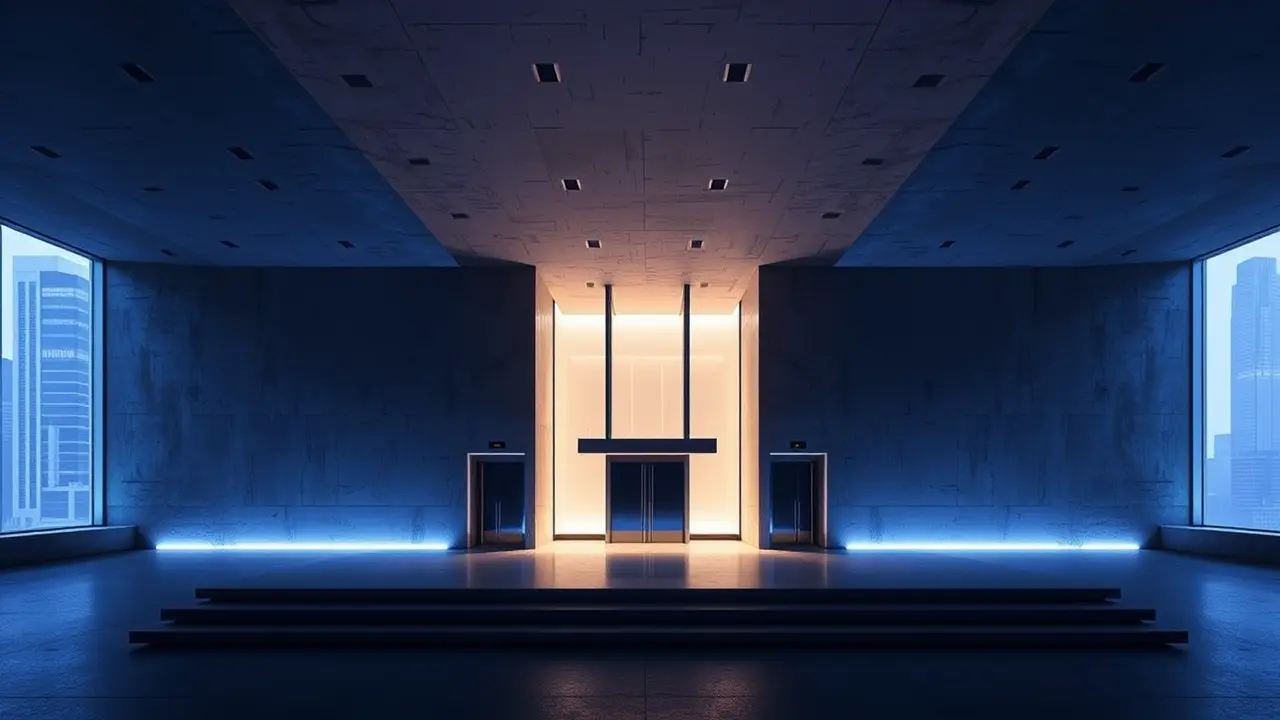
Entertainmenttheatre & artsArt Auctions
Sotheby's New Headquarters in Breuer Building Impresses.
AM
Amanda Lewis
3 hours ago7 min read
The unveiling of Sotheby's new global headquarters within the hallowed concrete confines of the former Whitney Museum, Marcel Breuer's brutalist masterpiece on Madison Avenue, is a narrative worthy of a cinematic premiere, a story where architecture itself is the leading star and the plot revolves around the delicate dance between preservation and innovation. Herzog and de Meuron, the Pritzker Prize-winning architectural auteurs, have not merely renovated the space; they have directed a blockbuster revival, injecting what can only be described as a fresh, almost cinematic glamour into the building's stark, muscular frame, a feat akin to a master cinematographer finding the perfect lighting to reveal new dimensions in a classic actor's face.The iconic trapezoidal windows, once framing the democratic sprawl of American art for the Whitney, now look in upon a world of rarefied commerce, where billion-dollar auctions unfold under the same monumental ceiling that once sheltered Hopper and O'Keeffe. Yet, for all the dazzling interventions—the likely subtle integration of state-of-the-art lighting to make Old Masters sing and the bespoke display systems for contemporary installations—the production is not without its behind-the-scenes dramas, its own version of a Hitchcockian MacGuffin in the form of the building's notoriously, almost characteristically, slow elevators.This isn't a mere logistical footnote; it's a powerful symbol of the tension inherent in this entire endeavor. The staff, the supporting cast in this high-stakes drama, will indeed be playing a complex game of musical chairs, their movements choreographed around the deliberate pace of these vintage lifts, a daily reminder that they are operating within a classified landmark, a vessel of history that refuses to be rushed.One can imagine the scene on a major auction night: titans of industry and scions of old wealth gliding up the grand staircase, a red-carpet moment of sheer spectacle, while harried staff and crucial catalogues are trapped in a slow-motion ascent, a juxtaposition of old-world grandeur and modern-day urgency that Breuer himself might have appreciated for its dramatic irony. The critical reception to this move will be as scrutinized as a film at Cannes; does the architectural integrity of the Breuer building, with all its weighty gravitas, enhance Sotheby's brand, lending it an unassailable credibility, or does it constrain the auction house's need for fluid, hyper-efficient, 21st-century operations? The art market, much like the film industry, is built on perception, and this new stage sets a powerful scene.It speaks to a broader trend of cultural institutions and luxury enterprises repurposing iconic architectural shells, from the Fondation Louis Vuitton in Paris to the Tate Modern in London, yet Sotheby's occupancy feels particularly poignant, a full-circle moment where art's temple becomes art's marketplace. The true test will be whether the fresh glamour applied by Herzog and de Meuron can truly overcome the foundational, stubborn character of the building itself, or if, in the final cut, the slow, deliberate rhythm of the Breuer's elevators will emerge as the most memorable performance of all.
#Sotheby's
#Breuer Building
#Herzog and de Meuron
#renovation
#art market
#New York
#architecture
#editorial picks news
Stay Informed. Act Smarter.
Get weekly highlights, major headlines, and expert insights — then put your knowledge to work in our live prediction markets.
© 2025 Outpoll Service LTD. All rights reserved.